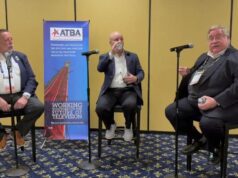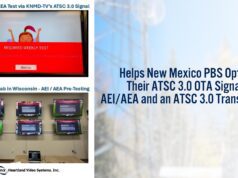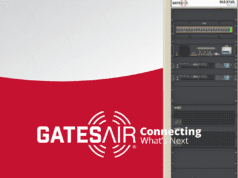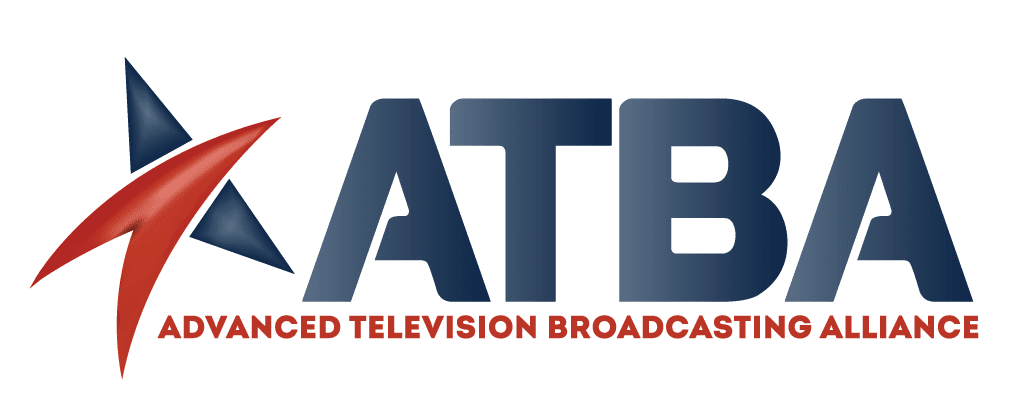The first seminar will be held at NAB’s headquarters on Nov. 17-18; at least four others are planned for other locations around the country
The NAB’s innovation arm PILOT is funding a series of roadshow seminars to help educate engineers in ATSC 3.0 technology, beginning with the physical layer. The first seminar will be held at NAB’s new building in Washington, D.C., on November 17 and 18. At least four additional seminars are planned for locations around the country.
The seminars will be presented by Gary Sgrignoli of Meintel, Sgrignoli & Wallace and will be similar to the highly-successful ATSC 1 “Roadshow” seminars held about twenty years ago, PILOT said.
The seminars are designed to provide a thorough understanding of the new ATSC 3.0 Next Gen TV physical layer system at a time when ATSC 3.0 signals have been launched in many markets around the country and more ATSC 3.0 devices are coming into stores.
This system allows transmission of digital data from a broadcaster’s transmitter to a viewer’s receiver (whether fixed, handheld, pedestrian or mobile) via an over-the-air television RF channel. The ATSC 3.0 transmission system is not backward compatible with the present DTV system (ATSC 1) and this on-site course is designed to provide broadcast engineers with both introductory and basic information in order to ease the transition to Next Gen TV. The seminar will also offer specific and detailed analysis and design principles to help optimize individual and multiuser station deployments.
PILOT noted that everyone is welcome to register and attend these seminars, but some prior knowledge would be helpful regarding digital transmission in general and ATSC1 DTV transmission in particular.
Seminar material will be available for download prior to and after the seminar. The seminars are structured with a two-hour high-level introduction the evening of Day 1, followed by an eight-hour deep dive on Day 2. Lunch and snacks are included in the nominal course fee. The topics to be covered include:
ATSC 3.0 System Overview
- Performance benefits
- Flexibility and extensibility
- Key technologies and applications
- Comparison with ATSC1
- Fundamentals of Digital Transmission
ATSC 3.0 Physical Layer
- Architecture
- Signal formats
- Physical layer pipes (PLPs)
- OFDM characteristics
- Modulation and coding (ModCod)
- Throughput vs. robustness tradeoffs
- Applications
Recommended practices for selecting ModCod parameters
Design examples
For more information and for information on registering visit here.













